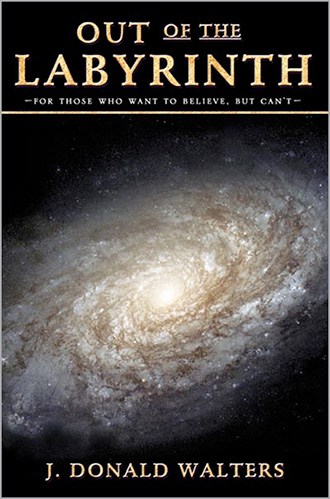by Sean Meshorer
 As a philosophy major at Stanford University, and an atheist, it was a point of honor with me to be filled with questions no one could answer. It was an intellectual game I enjoyed playing. I was as left-brained as a person could be.
As a philosophy major at Stanford University, and an atheist, it was a point of honor with me to be filled with questions no one could answer. It was an intellectual game I enjoyed playing. I was as left-brained as a person could be.
I got into yoga as bodywork and ended up taking the Yoga Training Course at Ananda Village. I really “vibed” with the whole place, but it was just an interlude. When the course was over, I went back to Stanford to finish my degree.
But life didn’t go on as expected. I became jittery and depressed, overwhelmed by existential anxiety. I wanted to believe there was something more than the suddenly meaningless life I was living. But with all those carefully cultivated, unanswered questions, I could not.
Then I read Swamiji’s book, Crises in Modern Thought, now called, Out of the Labyrinth: For Those Who Want to Believe, But Can’t. (That subtitle described me perfectly.)
Skeptic though I was, I had to concede he made some good points. I was impressed that he was willing to grapple with the very things I was studying in school, like Jean-Paul Sartre, and whether or not we are descended from the apes. He didn’t just brush these things off with vague statements like, “It is but it isn’t. And then again, it is.”
I went on the internet and found out that J. Donald Walters, aka Swami Kriyananda, had attended Haverford College and Brown University. It was immensely important to me that he was educated in the same way I was.
But instead of calming my anxiety, Crises unleashed a cavalcade of further questions. I couldn’t take another step forward until I had the answers. I wrote Swamiji a letter filled with questions — handwritten, not impersonally typed.
Soon after, I had a break from school and went to Ananda for two weeks. Swamiji hadn’t yet answered my letter. There was some major event, with a big lunch in the dining room. Afterwards, Swamiji was sitting all alone. This was my chance. I introduced myself and asked if I could sit down.
“I read your letter,” he said. “It was fascinating.”
Seize the moment. “Can I ask you a question?”
“Go ahead,” he said.
I started down the long list I had in my head.
“Ramakrishna claims that he saw visions of Krishna and Kali. How can the universe be structured so that an entity like Krishna, that doesn’t exist anymore, or an entity like Kali, that never existed, can manifest as a vision? Is it real or merely mythical?”
This seemed like a good place to start. It was typical of what I had written him.
Without any hesitation, he answered. “Krishna and Kali are just a collection of qualities,” he said, “like you or me. Those qualities exist in the cosmos. If you meditate on cosmic vibration with enough energy and concentration, you can pull those qualities out of the universe into that form.”
I asked him a second question, more complex than the first, and with the same easy grace he answered it. When it was time for the third one, it was over. I knew he could answer any question I asked. But now I didn’t need to hear the answers. It was enough to know they were there.
I thanked him and said good-bye. He responded, “I hope you come back again.”
From that point on, I’ve never had another moment of existential doubt.
And Swamiji’s hope for me was fulfilled. I did come back. Ever since I graduated from Stanford, Ananda Village has been my home.

From Swami Kriyananda As We Have Known Him by Asha Praver
The greatness of a spiritual teacher is only partially revealed by the work of his own hands. The rest of the story is one he cannot tell for himself, the influence of his consciousness on those who come in contact with him.
In some two hundred stories spanning more than forty years, personal reminiscences and private moments with this beloved teacher become universal life lessons for us all.